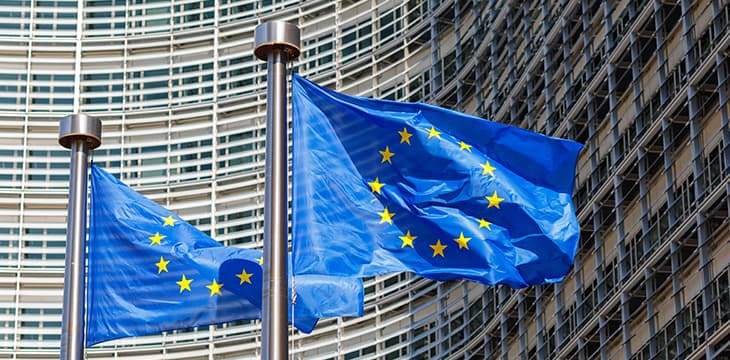
On 2 June 2022, Regulation 2022/858 on the DLT pilot regime of the European Parliament and of the European Council was published, amending the EU’s financial transfer and payment policies, pertaining to regulation in markets on financial instruments and regulation on improving securities settlement.
The DLT Pilot Regime is part of a comprehensive package of measures (Digital Finance Package) introduced by the European Commission in 2020 to further enable and support the potential of digital finance in terms of innovation and competition, while mitigating associated potential risks.
the package also included a proposal on Markets in Crypto Assets Regulation (MiCA), a proposal for Digital Operational Resilience Act (DORA), and a proposal to clarify or amend certain related EU financial services rules, notably on retail payments; all portions of this package are on the verge of going into force.
What are the financial assets that can be admitted to trading and settled on the DLT? In order to allow innovation and experimentation, in principle, only less liquid bonds, shares and fund units will be allowed on the DLT. In addition, the aggregate market capitalization shall not exceed 6Bn EUR at the moment of admission to trading, or initial recording, of a new DLT financial instrument.
A size limit has been placed on how much capital tokenized securities can be held during the pilot project. It stipulates an overall volume of $6.4Bn of securities issuance or a market cap of $9.6Bn for any DLT platform.
In addition, only entities that have a market cap of at least $534M can issue DLT equities. A market cap of $1.07Bn is required to be able to issue bonds. Funds also need to have at least $534M in assets under management to operate with DLT.
Access to the pilot regime should not be limited to the companies who registered initially for the program but should also be open to new entrants. An entity that is not authorised could apply for authorisation under the Regulation or under the Directive, respectively, and, simultaneously, for a specific permission under this Regulation. In such cases, the competent authority should not assess whether such an entity fulfils the requirements in respect of which an exemption has been requested under this Regulation. Such entities should only be able to operate DLT market infrastructures in accordance with this Regulation, and their authorisation will be revoked once their specific permission has expired, unless the entities submit a complete request for authorisation.
Most of the provisions of the Pilot Regime shall apply from 23 March 2023.
Separately, the DLT Pilot European Policy makers are finalizing the MiCA regulation that will complete the regulatory framework regarding digital assets and tokens. It will potentially come to effect in the second half of 2024.
The pilot will last for 3 years. In 2026, ESMA and the Commission will come-up with a report assessing the pilot regime and how well it worked in practice. The report should contain a proposal on how best to go forward, and if the regime should be extended for a further period or extended to new types of financial instruments, made permanent by modifications to EU financial services legislation, or terminated altogether. The potential for digital securities should then follow an exponential path once launched on the right track.
Such a sandbox is unique for now as no other countries or entities provide their companies with an opportunity to test blockchain technology in their businesses. Now we shall wait and see if the project is successful or not. Hopefully, it will allow companies to show better results from the technological point of view and will give smaller companies a needed boost to compete with their larger counterparts.

